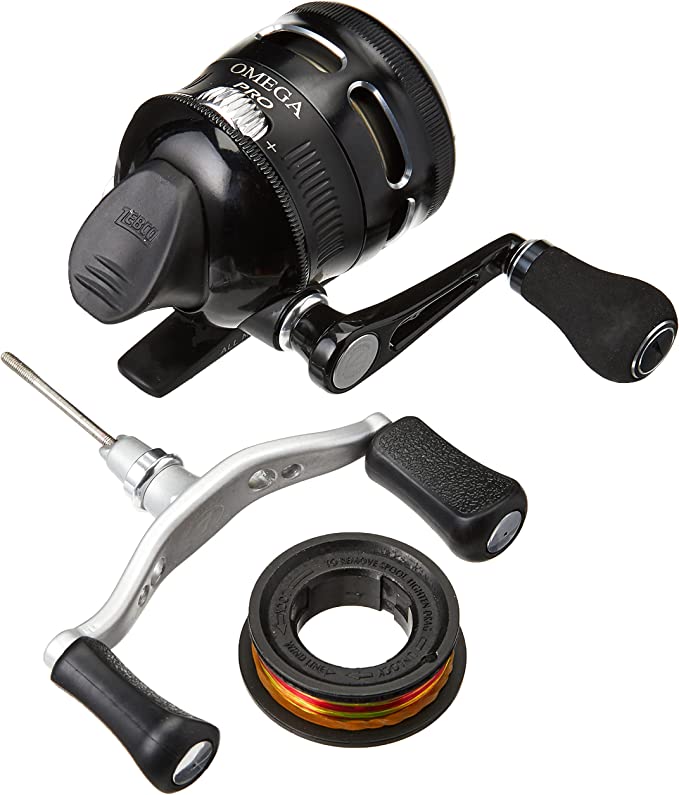The Thermodynamics of Off-Grid Hygiene: Engineering Heat and Flow with the GASLAND G3 Pro
Update on Nov. 19, 2025, 5:37 p.m.
In the modern world, the turn of a tap brings an endless stream of hot water, a luxury we often take for granted. However, when we step off the grid, the physics of hygiene changes dramatically. Heating water requires a tremendous amount of energy—specifically, one calorie to raise one gram of water by one degree Celsius. In the wild, overcoming this specific heat capacity of water without a municipal power grid is an engineering challenge that requires a precise balance of fuel density, heat exchange efficiency, and fluid dynamics.
Portable systems like the GASLAND G3 Pro are not merely camping accessories; they are compact thermal power plants. To understand their utility, we must look past the marketing claims and examine the thermodynamic principles that allow a small red box to transform icy river water into a steaming shower.

The Energy Source: High-Density Hydrocarbons
The first requirement for portable heat is high energy density. Batteries, while improving, still lag significantly behind chemical fuels in this regard. This is why the G3 Pro utilizes Propane (C3H8). Propane is a hydrocarbon with an exceptional energy density—approximately 46.4 MJ/kg.
When propane undergoes combustion in the G3 Pro’s burner, an exothermic chemical reaction occurs:
C3H8 + 5O2 → 3CO2 + 4H2O + Heat
This reaction releases a theoretical 20,000 BTUs (British Thermal Units) of heat energy per hour. To put this in perspective, a standard residential water heater might output 30,000 to 40,000 BTUs. For a unit as portable as the G3 Pro (weighing only 13.7 lbs), generating half the power of a home unit is a feat of miniaturization. This intense heat generation is the fundamental engine that drives the system.

The Heat Exchanger: Conduction and Delta T
Generating heat is the easy part; transferring that heat to moving water before it escapes out the exhaust is the engineering challenge. This is the job of the Heat Exchanger.
Inside the unit, water travels through a series of finned metal pipes located directly above the combustion chamber. The design maximizes surface area, allowing heat to move via conduction from the hot gas to the metal, and then to the water.
Here, we encounter the critical concept of Delta T (ΔT), or temperature rise. The ability of the heater to warm water is governed by a strict physical tradeoff between Flow Rate and Temperature.
* The Formula: Temperature Rise ≈ (BTU Output) / (Flow Rate × 500)
* The Reality: The G3 Pro is rated for 0.8 Gallons Per Minute (GPM). This relatively low flow rate is a deliberate engineering choice. By slowing the water down, it spends more time inside the heat exchanger, absorbing more thermal energy. If the flow rate were higher, say 2.0 GPM, the water would pass through too quickly to absorb significant heat, resulting in a lukewarm shower. The 0.8 GPM limit ensures that the 20,000 BTUs can effectively raise the water temperature by a significant margin, achieving up to 122°F (50°C) even if the source water is cold.
Fluid Dynamics and Power Independence
While propane provides the thermal energy, moving the water requires kinetic energy. Early generations of portable showers relied on 12V plugs tethered to a vehicle’s cigarette lighter, strictly limiting portability. The G3 Pro addresses this by integrating a 4000 mAh Lithium-Ion Battery.
This battery doesn’t heat the water; it powers the diaphragm pump and the digital control systems. Decoupling the pump’s power source from the vehicle allows for true off-grid application. You can carry the unit to a remote creek, drop the intake hose, and have a pressurized shower instantly. * The Pump Logic: A diaphragm pump is used because it can run dry for short periods without damage and create sufficient pressure (lift) to pull water from a static source like a bucket or lake, rather than relying on pressurized garden hose input.

Safety Engineering: Monitoring the System
Handling combustible gas and scalding water in a portable form factor requires rigorous safety protocols. The G3 Pro employs electronic sensors to monitor the system’s state continuously.
1. Thermal Cutoff: A thermistor monitors the output temperature. If the physics works too well and the water exceeds 122°F (50°C), the gas valve automatically closes to prevent scalding.
2. Tilt Switch: In the chaotic environment of a campsite, equipment can tip over. A gyroscope-based tilt switch detects if the unit is not vertical. If it falls, the gas is cut instantly to prevent fire.
Conclusion: The Intersection of Comfort and Physics
The GASLAND G3 Pro is more than a convenience; it is a demonstration of how we can manipulate energy to sustain our biological needs in hostile environments. By understanding the relationship between the chemical potential of propane, the thermal efficiency of heat exchangers, and the fluid dynamics of flow rates, users can better appreciate the “magic” of a hot outdoor shower. It is not magic, of course—it is simply thermodynamics, packaged in a portable red box.
























